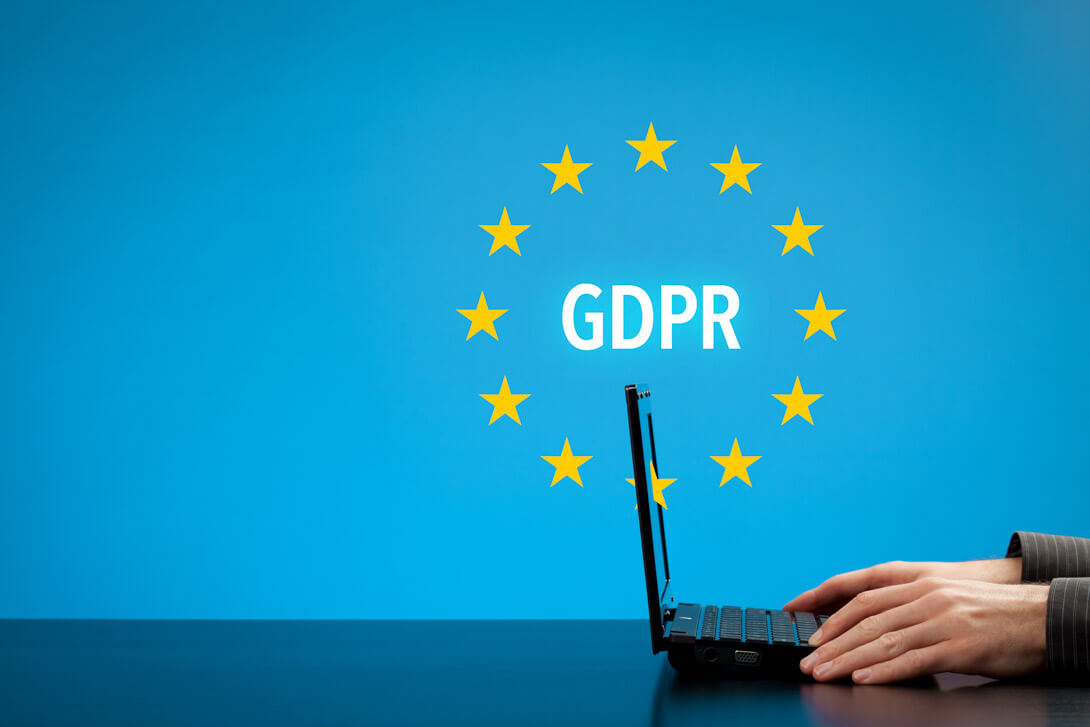“Patrick Vieira, Roy Keane, Marshawn Lync, etc., either it is a rugby, NFL, or football, the majority of the sports are having physical elements enforced within it. These are known to be the tough guys because they are having the capability of breaking up the running play and interrupt the opposition.”
At some stage of the journey towards compliance, IT is responsible for doing something the same, as explained above. GDPR readiness among employees of the IT industry is the correct thing to do but, the truth is that it is not alone enough for ensuring compliance. Complications in regulation and meet GDPR requirements might seem easy in studying but, practical implementation is not a joke. This blog is going to provide GDPR readiness assessment, guiding IT enterprises to its major role in the growth of the business.
Stages in GDPR Readiness
Audit and Rationalize – these are the 2 stages that are classified under the non-intrusive category at the time of GDPR compliance implementation. This category does not involve evaluation of the fact that how people work affects compliance. The lack of this problem brings the need to ‘enforce’ stage, which should be the 3rd step in the entire process of GDPR compliance. This will analyze the direct communication between the cloud services and users, and aware IT industry that how activities are taking place for ensuring compliance.
The audit stage keeps the track of logs covering the firewall from users to organizations. A light shines when data flowing takes place between the two entities i.e., cloud play services and an end-user. However, the Enforce stage considers the involvement of inline devices. For example – when a CASB solution is utilized, it sits in between the cloud service and an end-user, guiding the network traffic to and from the software.
Role of ‘Enforce Stage’ in GDPR Readiness
Inline services permit IT companies to develop a deep granular image of activities performed by the employees. Activity descriptions like data uploading, editing, downloading, sharing, etc., can easily be seen in the log information. Talking about the ‘rationalization’ stage then, it is simply blocks offending the cloud service. However, rationalization is undesirable because the blocking action might cause an employee’s annoying behavior and hence, hamper productivity. Again, here comes the role of the ‘Enforce’ stage in the GDPR readiness assessment. It acts like something more than a gatekeeper. Inline operations enable administrators with data monitoring and prevent cloud services assessing, which are unable to meet the GDPR criteria after the examination at the rationalized stage. Real-time data monitoring examines the data type, which is involved in the activity so that it helps enterprises in making a proper decision to take an action.
Importance of DLP in GDPR Readiness Assessment
Data identifier like Data Loss Prevention or DLP overlays particular policies of GDPR, which helps in taking appropriate action. The DLP solution examines cloud services in use and information itself under the conditions where things are in contradiction manner from GDPR terms. For example – The data loss prevention method determines whether the cloud services are exhibiting DPA (Data Processing Agreement) in the place or not.
This solution in GDPR Readiness assessment performs the data classification for examining whether the information contains DOB, gender, birthplace, and report back to the admin or not. This report displays a description of the user who is carrying out the operations like file downloading, business file sharing, or sending requests of data transferring or sending to another CSP. Such type of details is essential in an IT industry because they render rich content to assess any request. Suppose the request is from an unknown user whose record is not in the DLP solution then, the administrator is having a permit to block the request. This action will prevent cyber threat occurrence from unauthorized devices. Similarly, if device geolocation is anomalous, immediately a red flag appears. This flag denotes that someone is trying to access business data from a different corner of the world and now it is the decision of the security head to accept or block the request.
Just A Concern
‘Request blocking’ decision sounds draconian but, it is not only the left option. Softer actions can be taken by the IT security team but, those actions should be equally effective for data protection. Information quarantine, data encryption, regular security check, etc., these operations help in coaching the employees away cybercrimes. Here the only important thing that needs to be kept in mind that – Cloud Security techniques get timely updated to fight against the previous as well as trending cyber-attacks.
Conclusion
GDPR Readiness considers the role of the ‘Enforce stage’ as an important one because it is mandatory to achieve GDPR compliance with security. IT security team is having a chance to prevent data breaches or protect data from security attacks by shutting down the doors before the horse has bolted. IT can make use of predefined templates for DLP solutions and consider cloud data security as a serious thing.

